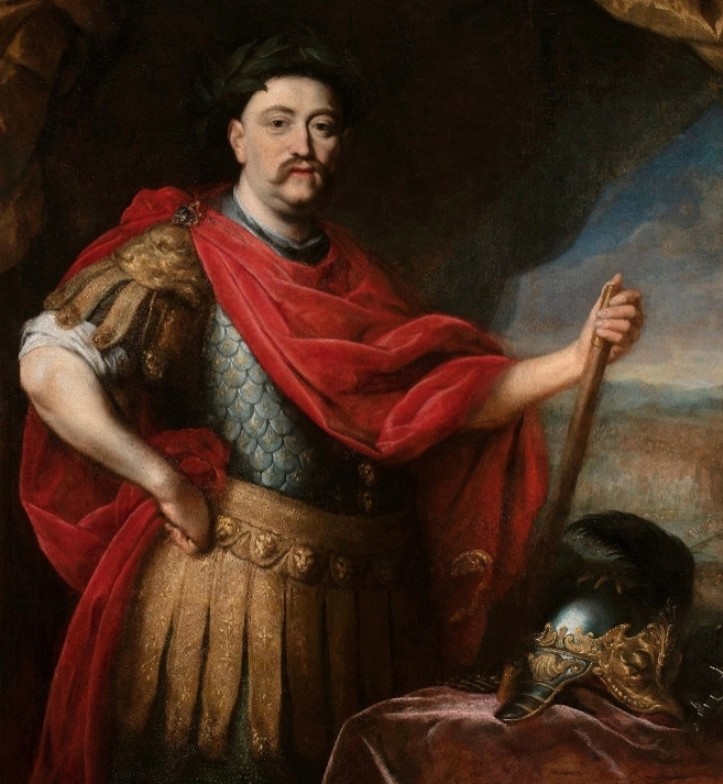
John III Sobieski had a significant part in the development of the Hungarian uprising which led to the Ottoman attack on Vienna, and which, in this way, posed a threat to Poland and Europe. The involvement in defending Vienna and establishing the “Holy League” forced a change of policy towards the Hungarians and directed expansion towards Moldova and Wallachia. The King of Poland, after taking over Podolia, which took place at the beginning of the war, and after failing to capture Kamianets-Podilskyi, could fight with the Turks only on the Moldovan (and possibly Wallachian) territory. Expansion in this direction, however, was not welcome by Emperor Leopold I, who considered these territories to be the rightful countries of the Hungarian domain. It was not possible to maintain the Moldovan throne under Stefan Petru, imposed in early 1684 by Poland. The next Moldovan rulers, Dumitru Cantacuzino and Constantin Cantemir, were strongly opposed to conducting anti-Turkish military activities in their country. The hopes of the Polish king for Constantin Cantemir’s cooperation, despite some agreements, were not based on real grounds, and the political intentions towards the Romanian principalities were a factor here. Sobieski falsely assessed the mood prevailing in Moldovan society; while expecting general support, he met with resistance. Throughout the war, however, Imré Thököly tried to maintain the best possible relations with the King of Poland, persistently and yet unsuccessfully trying to lead to a separatist peace between the Ottoman state and the Polish-Lithuanian Commonwealth.
Source: Czamańska I. (2019). John III Sobieski towards the Romanian principalities and the Hungarian uprising. History Notebooks. Is. 146 (2): 347–362
Source web-site: http://www.ejournals.eu/Prace-Historyczne/2019/Numer-2/art/13886/
Number of views: 3482